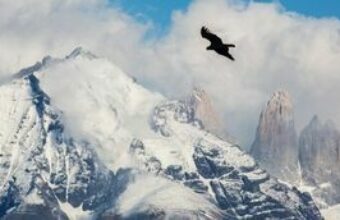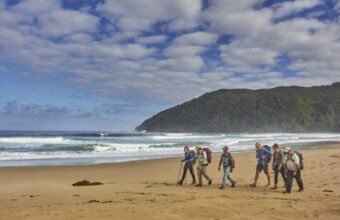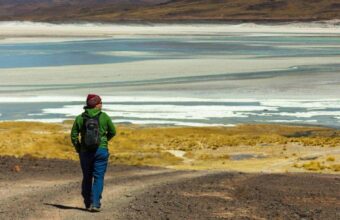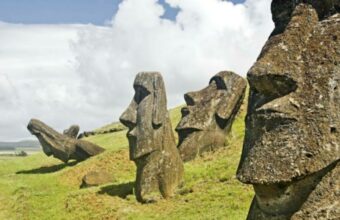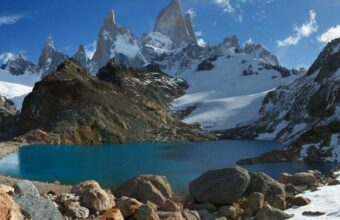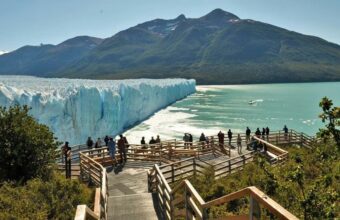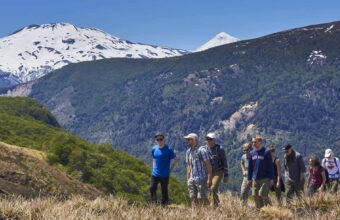Hiking In The Atacama Desert
Chile's most spectacular hikes and treks
The far north of Chile is home to the Atacama Desert, renowned as the driest desert in the world. But despite its aridity, the Atacama's 1,000km of oases, lagoons, volcanoes and geysers is home to a surprising amount of life, along with spectacular scenery and some excellent hiking and backpacking.
The best way to explore the Atacama Desert is by car or as part of an organised tour. Signs and routes are very clearly marked and the area is relatively safe for driving. Most trips will start from the town of San Pedro de Atacama, but head further north to the village of Putre for mountain tours.
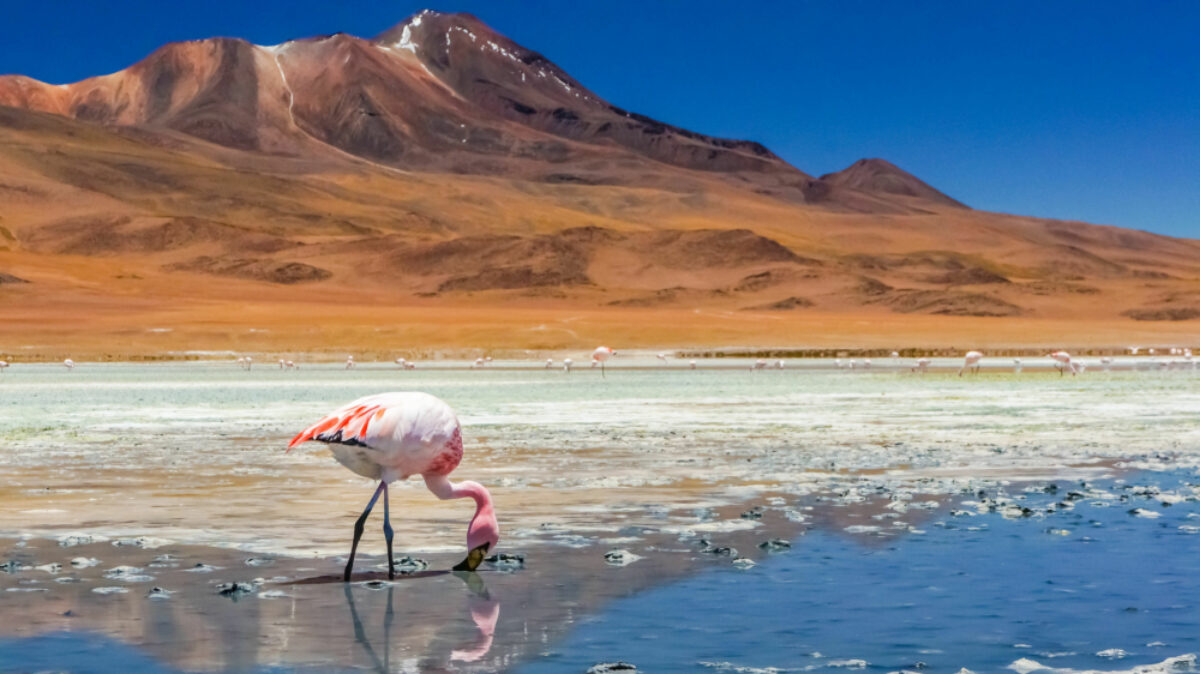
The Atacama Desert is one of Chile's preeminent hiking locations
Where to hike in the Atacama Desert
The Atacama Desert
Valle de la Luna
Just 17km outside of San Pedro de Atacama in the Salt Mountains range lies Valle de la Luna (Moon Valley). Filled with lunar landscapes, sand dunes and salt caves, the valley is made up of 140,000sq/km of protected land under the patronage of the Los Flamencos National Reserve. On arrival to the park, you’ll pay a 3,000CLP fee in cash and register with the park guards, who will point out the most important stops to make within the park. You can drive your car to all the points and there are park guards to help guide you along the way.
The best time to visit Valle de la Luna is dusk, when you can watch the sun set from a giant sand dune — although this makes it a somewhat crowded time. However, the pink, purple and gold colours bouncing off the moon-like landscape is worth it. The hike to the top is strenuous but short.
When visiting the salt caves, make sure to take a torch as the caves are pitch black inside. Take a moment when inside to listen to the rocks move as they are constantly expanding and contracting. It’s a tight squeeze getting through some parts of the caves, so not ideal for those with claustrophobia.
Trails in the Valle de la Luna are quite short and are suitable for all ages and fitness levels. It’s also an excellent place to mountain bike.
Geysers el Tatio
More than 14,000 feet above sea level, Geysers el Tatio is the world's highest geyser field, ringed by steaming volcanoes and spurting, bubbling geysers that bring to mind a giant kettle. The best time to visit is at sunrise so that you can truly appreciate the beautiful contrast of colours, smells, and textures. Though not strictly considered a hike, it is an eerie experience to explore the 70 geysers on foot through a maze of marked rocks.
The only difficult thing about visiting the geysers is the road to get there and staying warm. It’s best to visit after a few days of exploring the Atacama Desert, as some people have experienced altitude sickness when travelling up to el Tatio. You can visit the geysers on your own but it’s important to drive with caution. At 4,000m above sea level, it’s also important to have plenty of layers and warm clothes — the average temperature at sunrise will be around -10C, so come prepared with gloves and hot drinks.
On your way back to San Pedro, make a stop to Machuca, a small village with about 20 houses and a beautiful church named San Santiago. If your hungry, make sure you try llama meat, sopaipillas (a traditional bread made from squash) and/or empanadas. You’ll also see plenty of picture perfect lagoons and lookout points where you might find flamingos and other wildlife.
Ojos del Salado
If you’re looking for volcano hiking, then Ojos del Salado should definitely be on your list. This monster volcano shares borders with Argentina and Chile, and sitting at 6,893m above sea level, it’s the highest active volcano in the world. The climb to the summit can take between 7-15 days and is considered an intermediate hike but gets tricky in the last 50m stretch where a bit of technical skill is required. The biggest reason 75% of people fail to reach the peak is through not acclimatising properly.
Starting from the town of Copiapo, expeditions will typically spend nights at four shelters on the way to the summit, including the shimmering turquoise lake of Laguna Verde (4342m), before ascending to Refugio Claudio Lucero (4540m), Refugio Atacama (5100m) and Refugio Tejos (5833m).
The mountain can be climbed between November and March. During November and December, wind speeds can be a challenge while hiking. The peak season runs between late December and March and is your best chance to get good weather, but you’ll meet plenty of people who are also climbing to the summit. Be aware that climbers will need permission from Chile’s Direccion de Fronteras y Limites (DIFROL) to climb. You can get authorisation on their website.
Pan de Azúcar National Park
The Pan de Azúcar National Park is located in the coastal sector of the regions of Antofagasta and Atacama. It’s still considered part of the Atacama Desert and offers five easy to intermediate main trails: Mirador, Los Lomitas, Los Sapos Aguada, Quebrada del Castillo and the Pan de Azúcar Coast trail. The 5km round trip Mirador is the most popular route, taking in sea cacti, foxes and the ubiquitous guanaco.
The highlight of the five trails is the abundant wildlife on view. Its coastal location means marine life is plentiful, from the endangered Humboldt penguin to colonies of sea lion, otters and pelicans. Bring your camera for pictures, as the natural light here is fantastic.

